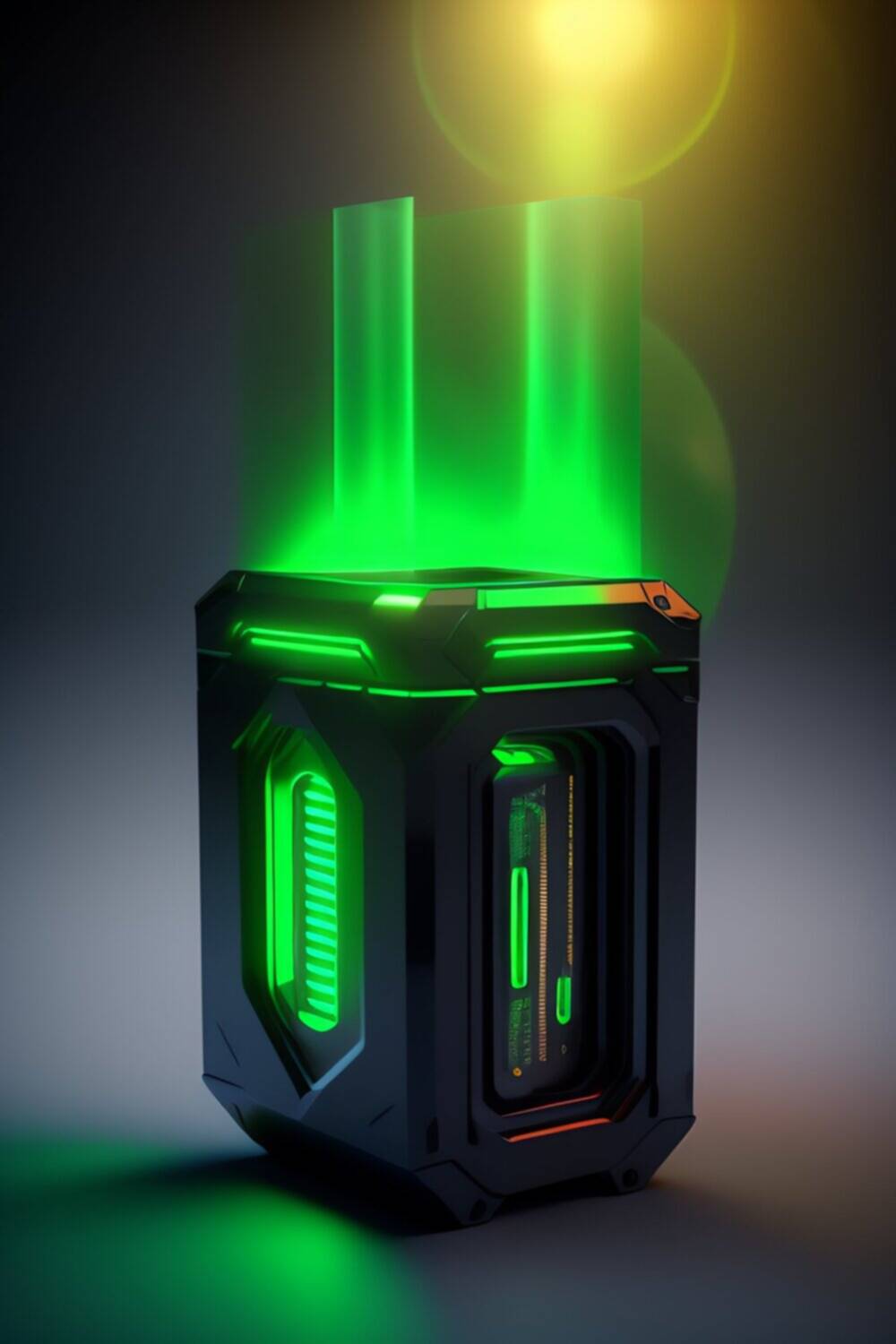Dive into the world of Nvidia GPUs with an in-depth comparison of the Nvidia RTX 4080 and its predecessor, the RTX 3080 Ti. Explore their specifications, performance, cooling capabilities, power efficiency, pricing, and availability.
The Nvidia RTX series has revolutionized the gaming and graphics industry with its cutting-edge technology and exceptional performance. Among the highly anticipated releases, the Nvidia RTX 4080 stands as the successor to the immensely popular RTX 3080 Ti. In this article, we will delve into the specifications, performance, cooling, power efficiency, price, and availability of both GPUs, highlighting the advancements and differences that make the RTX 4080 a potential game-changer.
Specifications
Comparison of GPU Architecture
The RTX 4080 boasts an upgraded GPU architecture, offering improved performance and efficiency compared to the RTX 3080 Ti. With architectural enhancements, such as increased core counts and redesigned tensor cores, the RTX 4080 delivers more power and advanced capabilities for gamers and content creators.
Differences in CUDA Cores and Clock Speed
The number of CUDA cores plays a crucial role in determining the graphics processing power of a GPU. The RTX 4080 features a higher CUDA core count, resulting in enhanced rendering, faster frame rates, and smoother gameplay compared to its predecessor. Additionally, the increased clock speed of the RTX 4080 contributes to overall improved performance and responsiveness.
Memory Bandwidth and VRAM Capacity
The memory bandwidth and VRAM capacity greatly influence a GPU’s ability to handle high-resolution textures and complex scenes. The RTX 4080 surpasses the RTX 3080 Ti in both aspects, allowing for seamless gameplay and resource-intensive tasks. The larger VRAM capacity of the RTX 4080 is especially beneficial for content creators working with large-scale projects and high-resolution assets.
Performance
Gaming Benchmarks
Gaming enthusiasts eagerly await each new generation of Nvidia GPUs to experience unparalleled gaming performance. The RTX 4080 outshines the RTX 3080 Ti in terms of frame rates, rendering capabilities, and overall graphical fidelity. With its enhanced architecture and increased CUDA core count, the RTX 4080 delivers an immersive gaming experience with stunning visuals and seamless gameplay.
Ray Tracing and DLSS Capabilities
Ray tracing, a groundbreaking technology, enables real-time rendering of highly realistic lighting and reflections in games. Both the RTX 4080 and RTX 3080 Ti support ray tracing, but the former offers improved performance and efficiency, resulting in more accurate and immersive visuals. Additionally, DLSS (Deep Learning Super Sampling) provides a significant performance boost by utilizing AI algorithms to upscale lower-resolution images, resulting in higher frame rates without sacrificing image quality.
AI and Machine Learning Performance
Apart from gaming, Nvidia GPUs are widely used in AI and machine learning applications. The RTX 4080 leverages its advanced architecture and tensor cores to deliver impressive AI processing power, making it a preferred choice for professionals working with deep learning algorithms, data analysis, and scientific simulations.
Cooling and Power Efficiency
Cooling Solutions and Thermal Management
Efficient cooling is vital for maintaining optimal performance and preventing overheating. The RTX 4080 introduces improved cooling solutions, including enhanced fan designs, advanced heat sink technologies, and optimized airflow management. These enhancements ensure that the GPU operates within safe temperature ranges even during intensive workloads, providing consistent performance without thermal throttling.
Power Consumption and Efficiency
With every new GPU release, power efficiency becomes a crucial factor. The RTX 4080 aims to strike a balance between performance and power consumption. Through architectural enhancements and optimizations, Nvidia has achieved notable improvements in power efficiency, making the RTX 4080 an enticing choice for both gamers and professionals seeking high-performance GPUs that are mindful of power consumption.
Price and Availability
The availability and pricing of GPUs can greatly influence purchasing decisions. The RTX 4080 and RTX 3080 Ti differ in terms of launch dates and availability. It is important to consider the pricing differences when choosing between the two GPUs, as budget constraints and availability may impact the decision-making process.
Conclusion
The Nvidia RTX 4080 offers a significant upgrade over its predecessor, the RTX 3080 Ti. With improved specifications, enhanced gaming performance, advanced ray tracing and DLSS capabilities, and efficient cooling solutions, the RTX 4080 stands as a promising option for gamers and professionals alike. However, the final decision depends on individual requirements, budget, and availability.
FAQ
Q: Can I upgrade from RTX 3080 Ti to RTX 4080?
A: Yes, you can upgrade from the RTX 3080 Ti to the RTX 4080 if your system supports the new GPU. However, it is essential to ensure compatibility with your motherboard, power supply, and other components.
Q: Is the performance jump significant between the two GPUs?
A: Yes, the performance jump between the RTX 3080 Ti and the RTX 4080 is notable. The RTX 4080 offers improved specifications and architectural enhancements, resulting in enhanced gaming performance, ray tracing capabilities, and AI processing power.
Q: How does DLSS improve gaming performance?
A: DLSS (Deep Learning Super Sampling) utilizes AI algorithms to upscale lower-resolution images, providing higher frame rates without compromising image quality. This technology enhances gaming performance by utilizing the power of AI and machine learning.
Q: What are the recommended system requirements for RTX 4080?
A: The recommended system requirements for the RTX 4080 include a compatible motherboard with PCIe 4.0 support, a robust power supply, sufficient cooling, and the latest drivers and software from Nvidia. It is important to consult Nvidia’s official documentation for detailed system requirements.
Q: Are there any alternatives to Nvidia’s RTX series?
A: Yes, there are alternatives to Nvidia’s RTX series, such as AMD’s Radeon RX 6000 series. These GPUs also offer competitive performance and features, providing users with a choice based on their specific needs and preferences.



